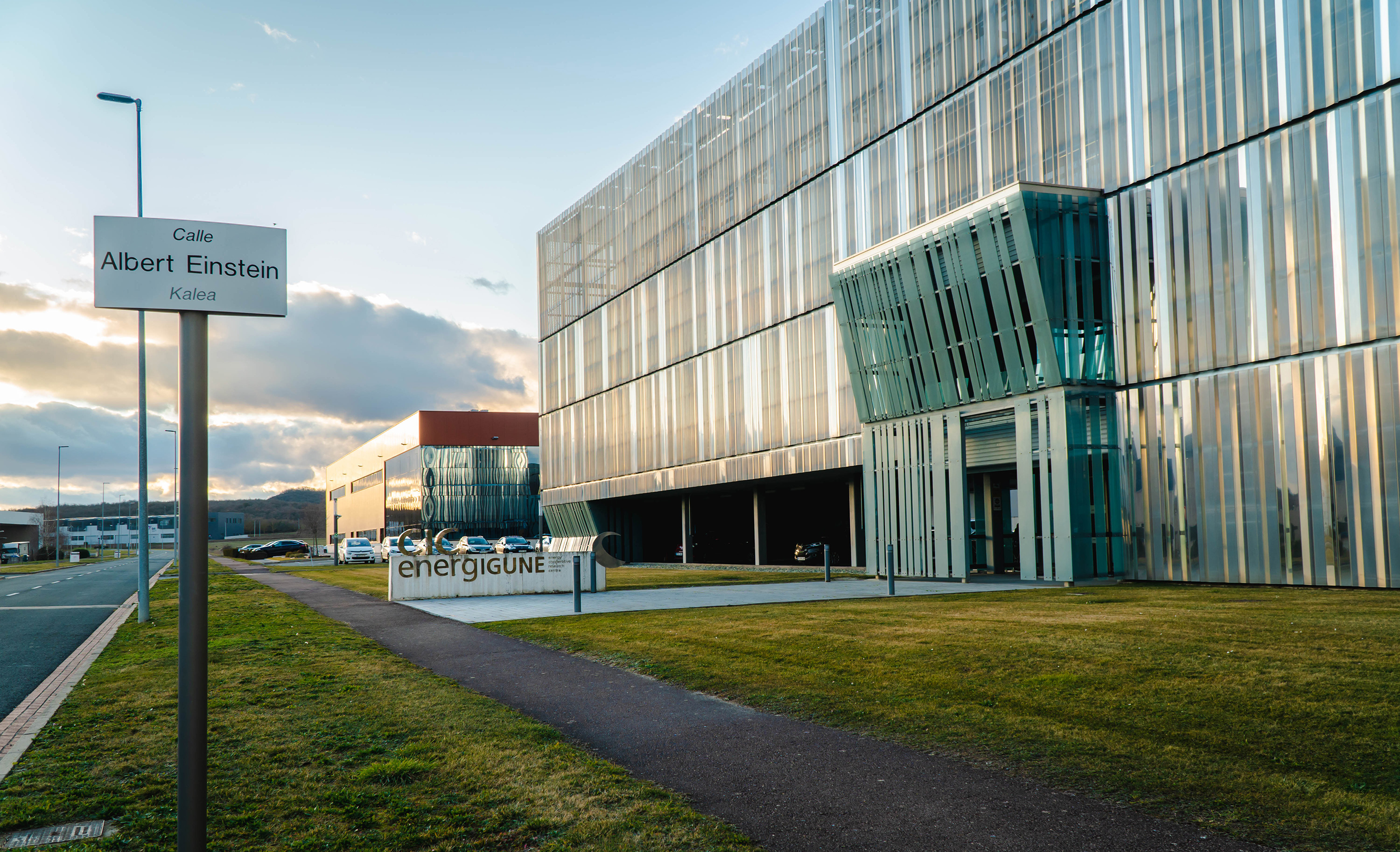CIC energiGUNE, the Basque research center of reference in battery storage, thermal energy solutions, and hydrogen, and member of the Basque Research & Technology Alliance-BRTA, is researching the application of advanced 3D ceramic materials on solid-state lithium metal batteries that allow an increase in energy density of the device and improve, at the same time, its security.
This work is framed within the project 3DPASSION, promoted by the Catalan center IREC in order to develop processing techniques of 3D ceramic, and specifically aspires to develop a solid-state battery that provides an energy density value close to the objectives set by the EU through the combination of a thin solid electrolyte, an active material that has a high voltage, without any cobalt, and a high-capacity anode, which has been naturally identified as metallic lithium.
In this context, CIC energiGUNE, “as a referent center on solid-state batteries”, leads the subproject 3DACCESS, as has assured Frederic Aguesse, Leader of the Research group of Advanced Electrolytes and Cell Integration in the Basque center. This subproject, funded by the Ministry of Science and Innovation inside the call “R&D&I Challenges 2019” (Ref: PID2019-107106RB-C33), “it aligns with the science, technology and innovation strategy of the State as well as with the objectives of reducing emissions and the policies of use of critical raw materials of the EU, since it revolves around the development of clean, efficient and safe systems.





